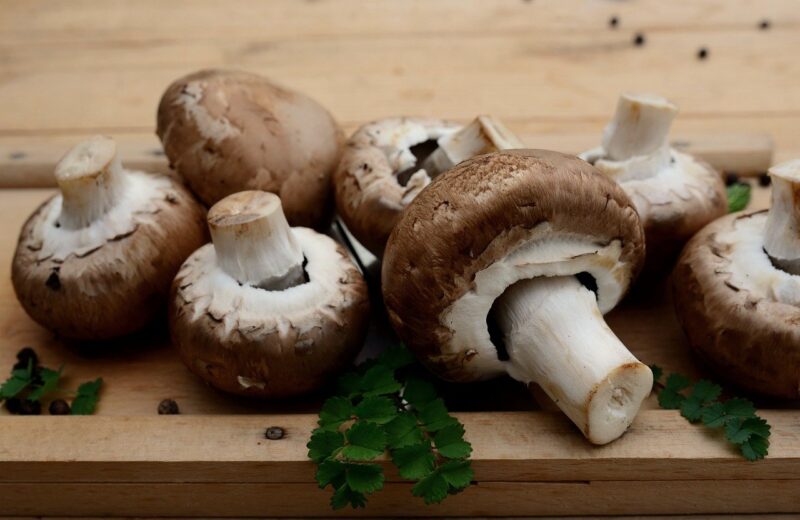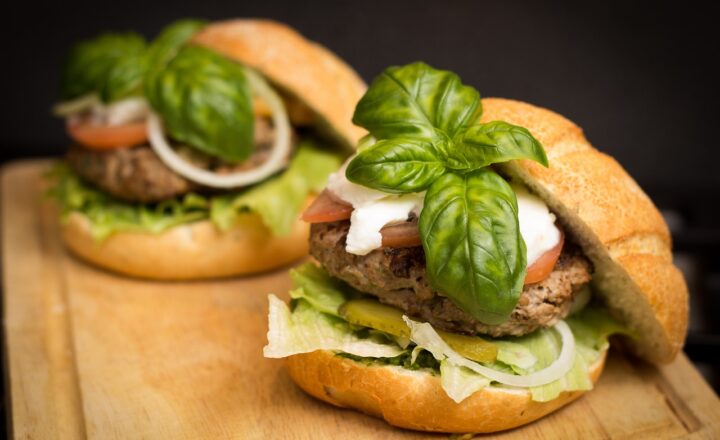What’s the Deal with Eating Gold? The Trend That’s Sweeping Fine Dining
November 13, 2024

Gold has long been associated with wealth, luxury, and opulence. From ancient Persian kings to modern-day jewelers, this precious metal has held a special allure. Recently, however, there has been a new twist to this fascination: edible gold. Once relegated to the realms of desserts and high-end decor, edible gold is now making a significant impact in the realm of fine dining. In this article, we will delve into the reasons behind this trend, how it’s being used to elevate culinary experiences, and whether or not eating gold is as glamorous as it sounds.
1. The Rise of Edible Gold in Culinary Arts
Edible gold dates back centuries, with historical records showing its use in decorative pastries and ceremonial dishes. However, its resurgence in modern gastronomy began in the early 2000s as chefs started experimenting with aesthetic presentations. Meet the Michelin-starred chefs and trendsetting restaurateurs who have embraced this glittery trend, transforming elegant dishes into edible art.
2. Why Gold in Food? A Look at Its Fascination
Several factors contribute to the rising popularity of gold in culinary creations:
- Luxury Experience: Gold’s gleam signifies wealth and prestige. Incorporating it into a dish invariably elevates the dining experience, making it more memorable for patrons.
- Aesthetic Appeal: Textures and colors in food often captivate diners. The visual impact of gold leaf or gold dust enhances the elegance of a dish, leading to beautiful presentations that are perfect for Instagram and social media sharing.
- Historical and Cultural Significance: In numerous cuisines, notably in Asia and parts of Europe, gold is historically used during festivals and special occasions, linking it to cultural traditions.
- Sustainable Luxury: Edible gold is considered non-toxic and digestible, giving chefs the ability to showcase luxurious elements without compromising food safety and quality.
Thus, the combination of visual splendor and a perception of richness has ignited a fascination that permeates through high-end dining experiences worldwide.
3. How Is Edible Gold Made?
Edible gold undergoes a meticulous process to ensure it meets food-grade standards. Here’s how it’s crafted:
- Purity: Edible gold must be 22 to 24 karats to ensure it is free from impurities and safe for consumption. The higher the purity, the more non-toxic it is for diners.
- Production: Gold is melted and then hammered into extremely thin sheets known as gold leaf. Fine artisans ensure precise thickness, allowing it to adorn various dishes effectively.
- Versatility: Gold can be used in various forms: flakes, dust, and sheets, allowing chefs to experiment with its applications in different courses ranging from appetizers to desserts.
This careful craftsmanship ensures that edible gold meets the aesthetic demands of the culinary world while remaining safe for consumption.
4. Where Can You Find Edible Gold Dishes?
As the demand for edible gold continues to rise, many restaurants have integrated it into their menus. Here are a few notable examples:
- The Golden Opulence Sundae at Serendipity 3, New York: This decadent dessert features edible gold leaf and comes with a price tag of $1,000, making it one of the most expensive ice creams in the world.
- Gold Flake Pizza at Industry Kitchen, New York: Topped with 24-karat gold flakes, this pizza offers a unique culinary experience for those willing to splurge on an extravagant meal.
- Gold-Infused Cocktails at Various High-end Bars: Many upscale establishments are now serving cocktails adorned with gold flakes, giving guests the luxury feel.
- Sushi with Gold Leaf at High-End Sushi Restaurants: Certain sushi places have begun to offer pieces embellished with edible gold, attracting adventurous foodies who seek exclusive dining experiences.
These premium offerings illustrate how edible gold not only enhances the culinary experience but also creates a story and an aura around the dining occasion.
5. Can You Actually Taste Edible Gold?
While eating gold may seem tempting, one important question arises: can you taste it? Edible gold is tasteless and does not alter the flavor of the dish to which it’s applied. The main role of gold in food is its ornamental quality.
With its shiny appearance, gold creates an expectation of luxury and exclusivity, but diners should keep in mind it serves primarily a decorative role rather than adding any flavor or texture to enhance the dish.
6. Health Considerations with Edible Gold
Is there any nutritional value to consuming gold? The answer is no. Edible gold does not provide any health benefits, nor does it contribute nutrition. It merely adds an aesthetic element. FDA guidelines classify it as safe because it passes through the digestive system without being absorbed. However, individuals with certain medical conditions or sensitivities may wish to consult a healthcare provider before indulging in culinary gold.
7. Future of Edible Gold in Fine Dining
Given the continued innovation in the culinary arts, the future of edible gold appears promising. As more chefs and restaurants adopt this trend, we may see even more imaginative uses and applications:
- Fusion Cuisine: As chefs blend different culinary traditions, we might witness unique and unexpected edible gold applications in diverse cultural dishes.
- Artistic Presentation: Expect to see edible gold used in new and creative ways across presentations—for instance, elaborately plated entrees or golden-infused desserts.
- Broader Accessibility: Prices may eventually become more accessible with increasing demand, allowing more restaurants to incorporate edible gold into their offerings.
In conclusion, edible gold is more than just a trend; it reflects a desire for luxury, visual beauty, and memorable dining experiences. Whether you savor an exclusive dish or simply marvel at its aesthetics, gold continues to charm those in the fine dining world. As we advance into a new era of gastronomy, the glitter of edible gold is likely to twinkle brightly in the culinary landscape for years to come.
Conclusion
While it may not add flavor or nutrition, the experience and prestige of eating gold cannot be underestimated. This opulent trend is transforming how we perceive and enjoy fine dining. Whether a passing fad or a staple, edible gold represents the intricate balance between culinary craft and the desire for self-indulgence, validating the age-old saying: sometimes, we eat with our eyes just as much as with our mouths.






